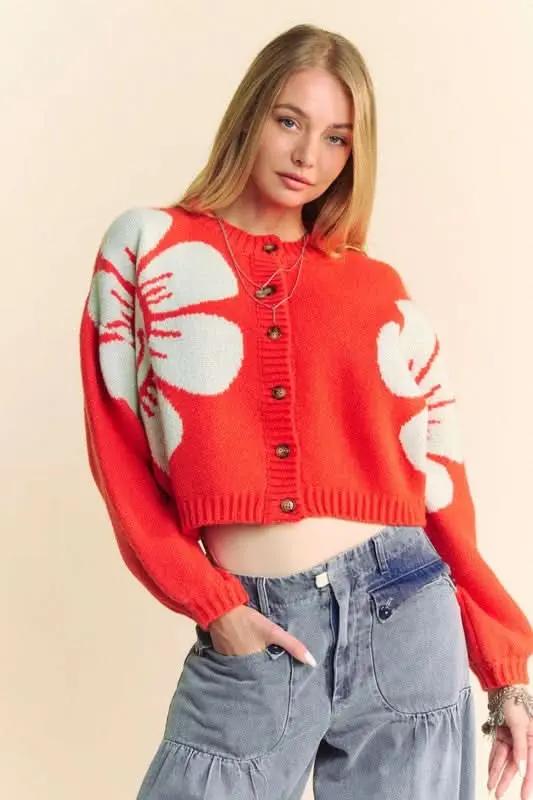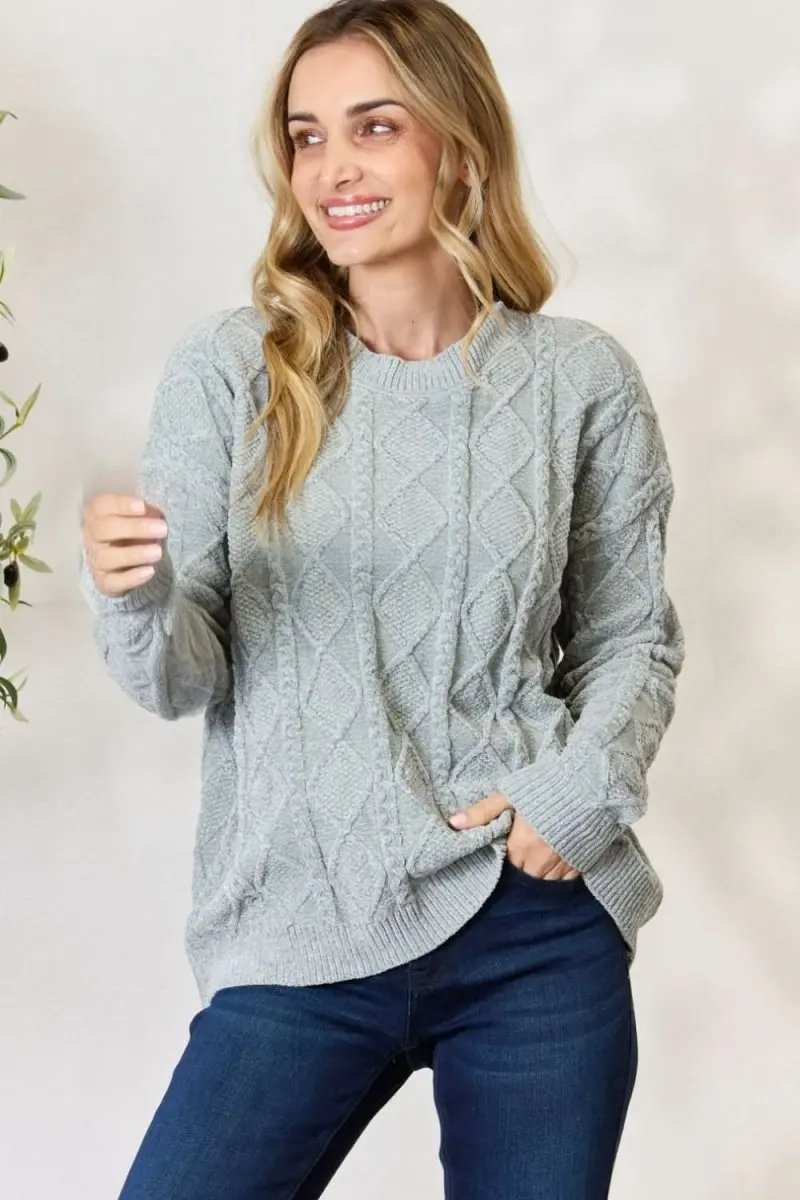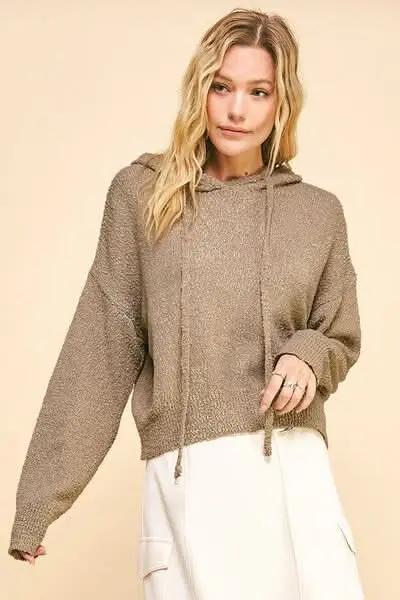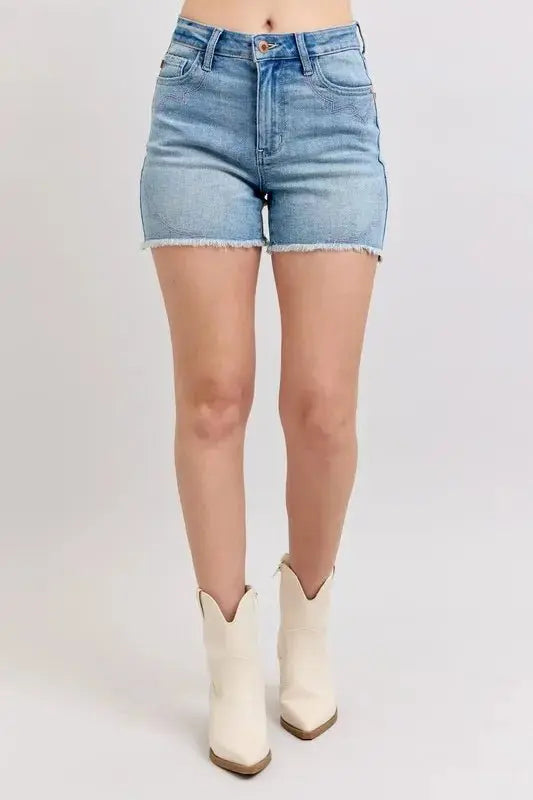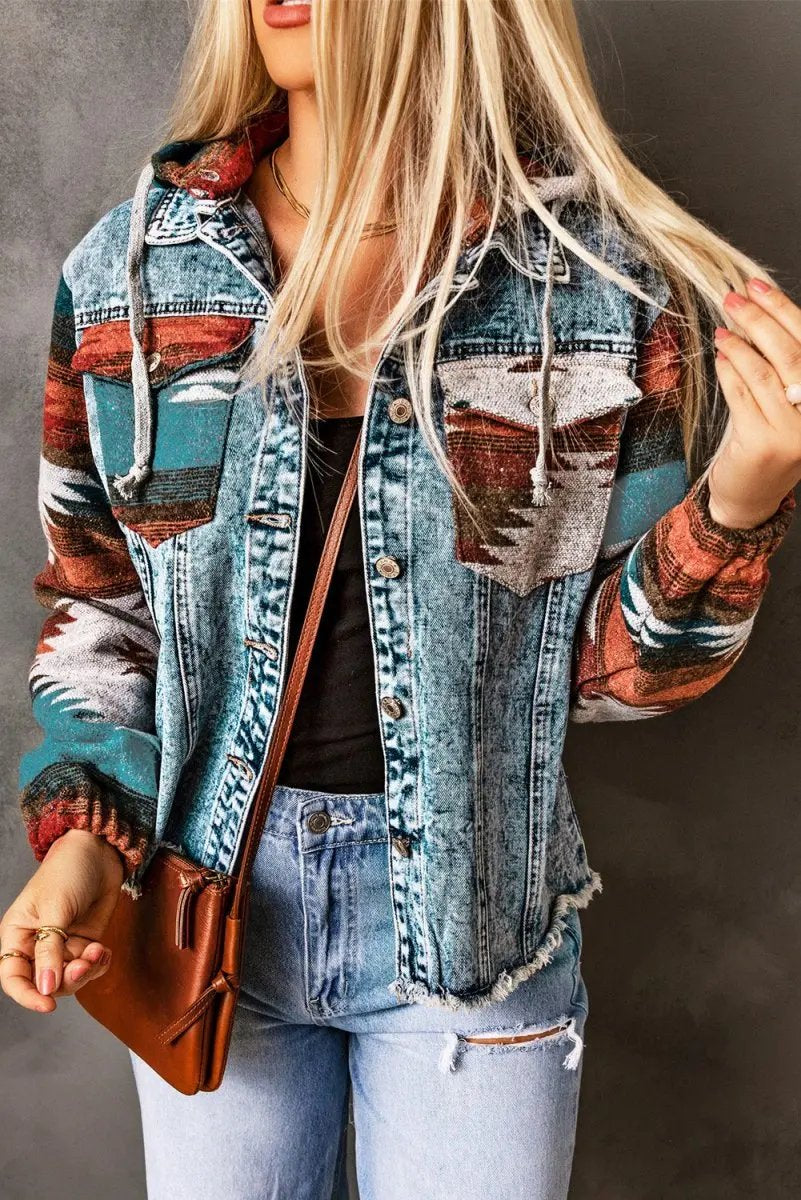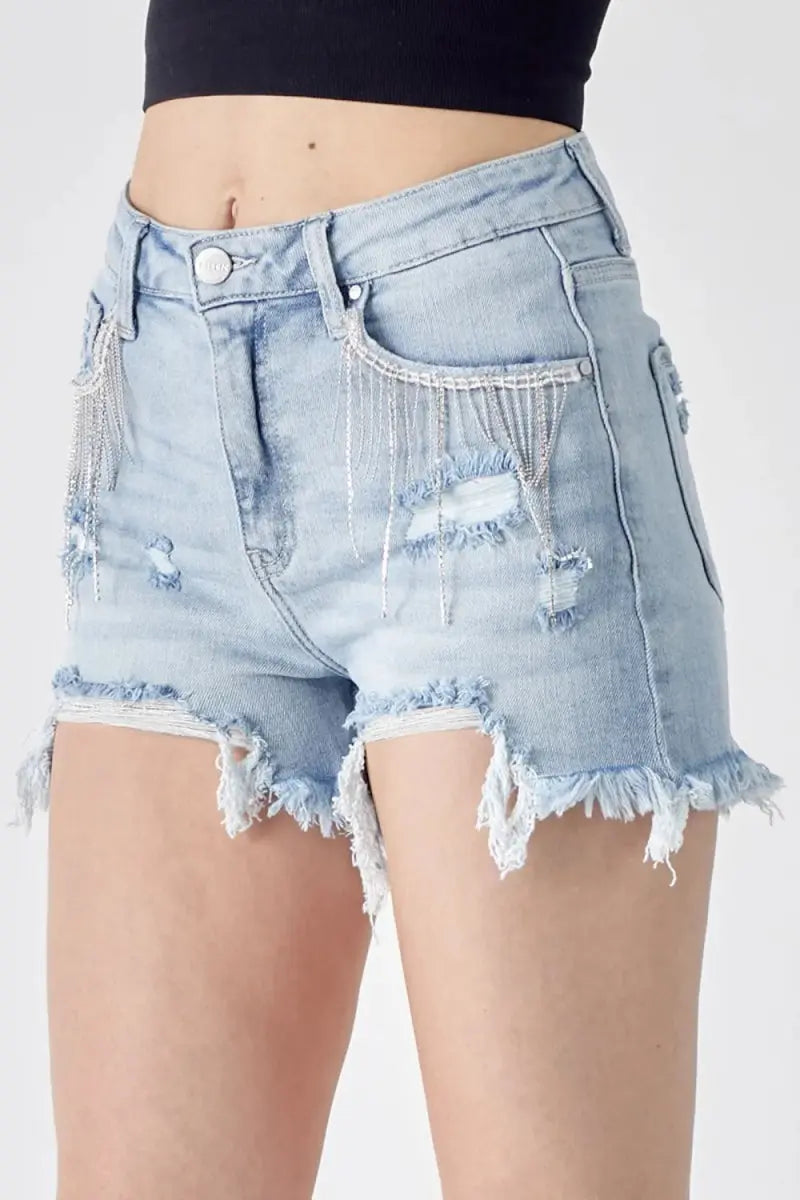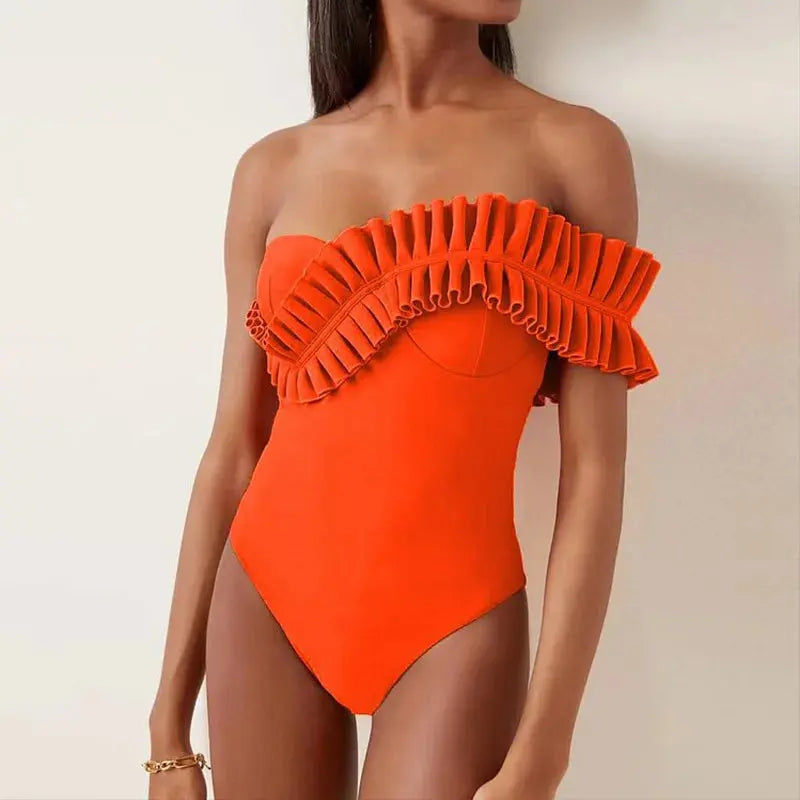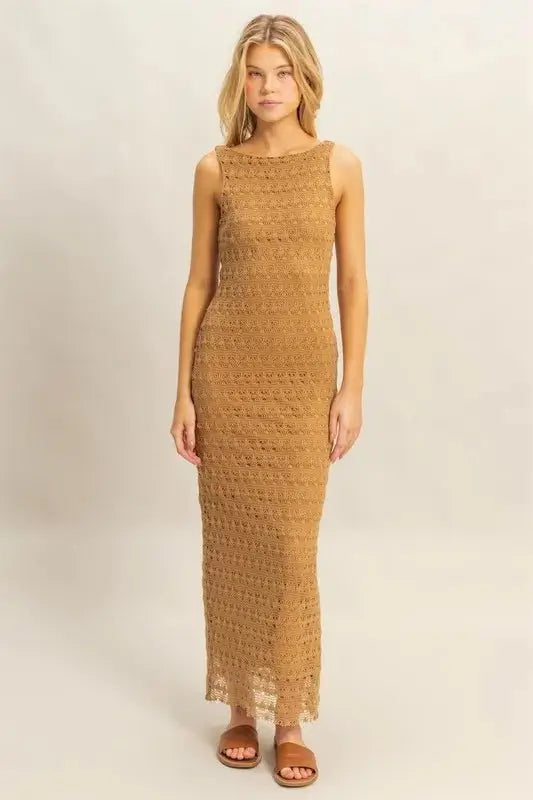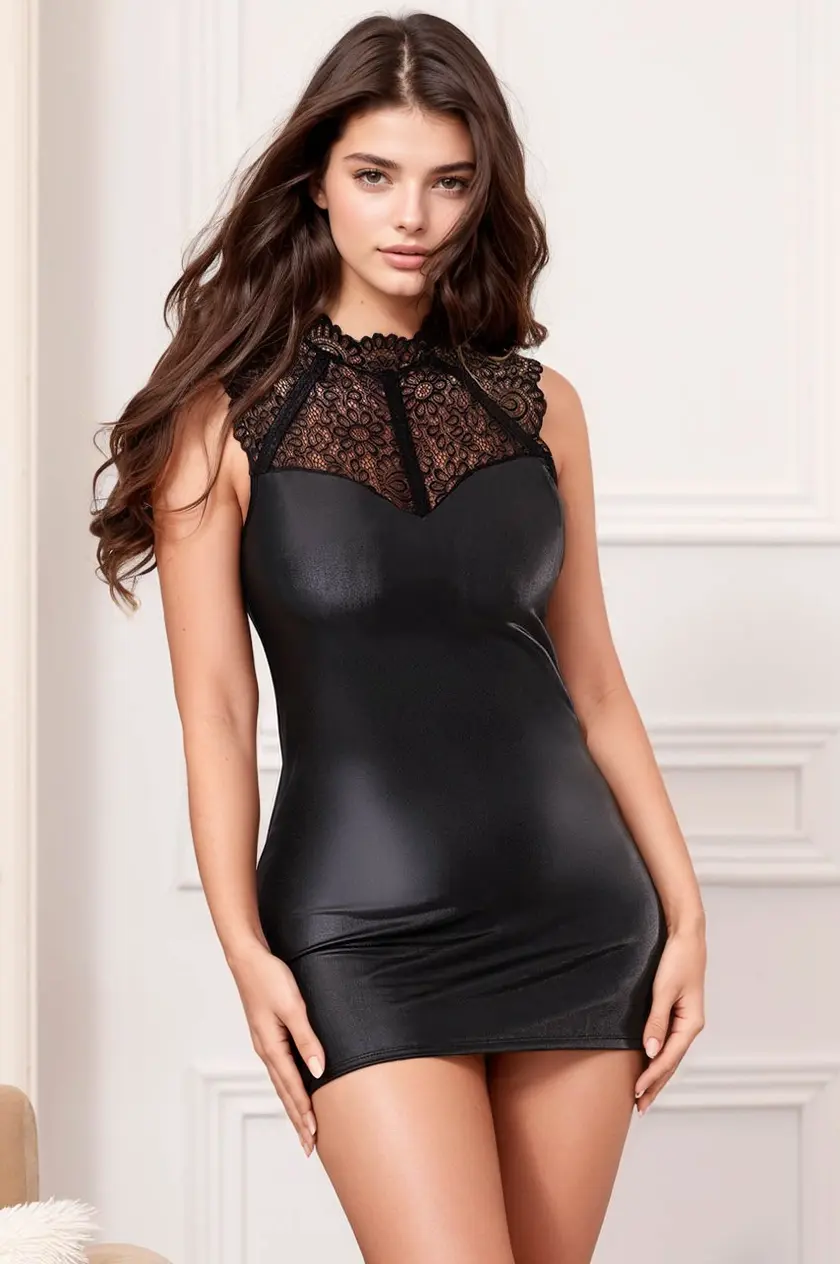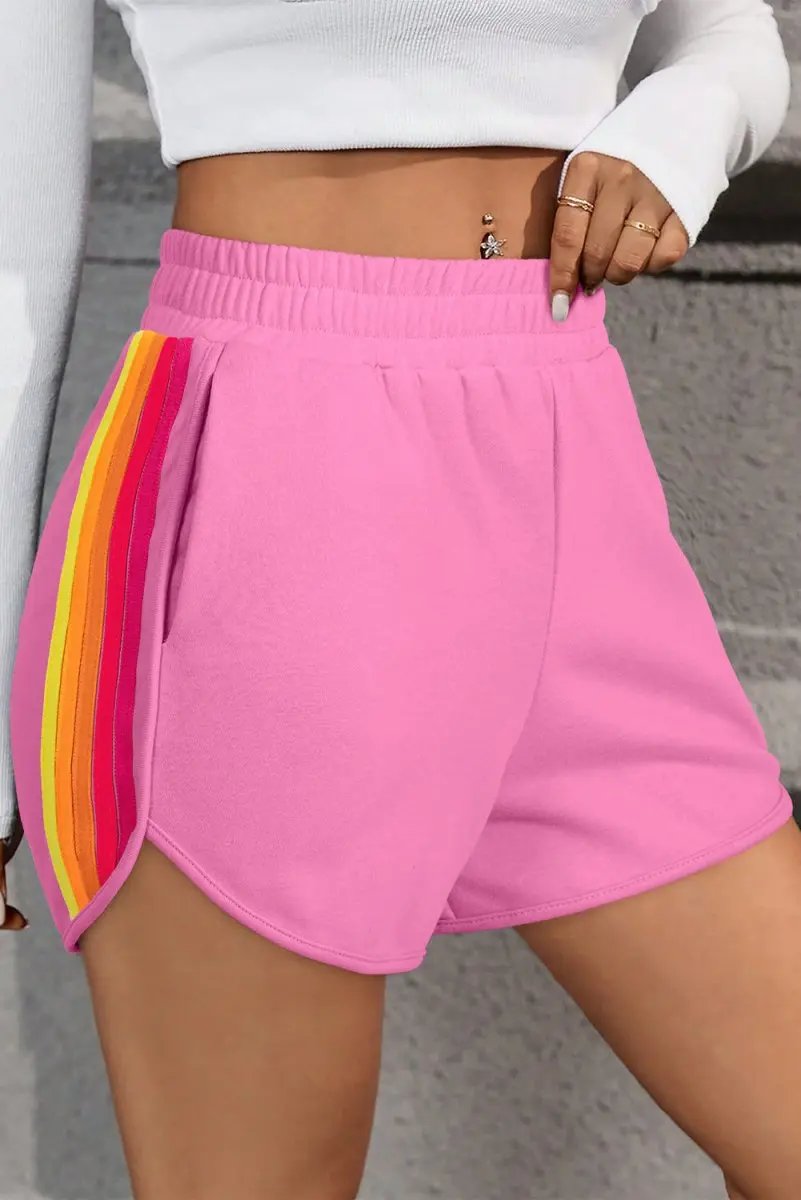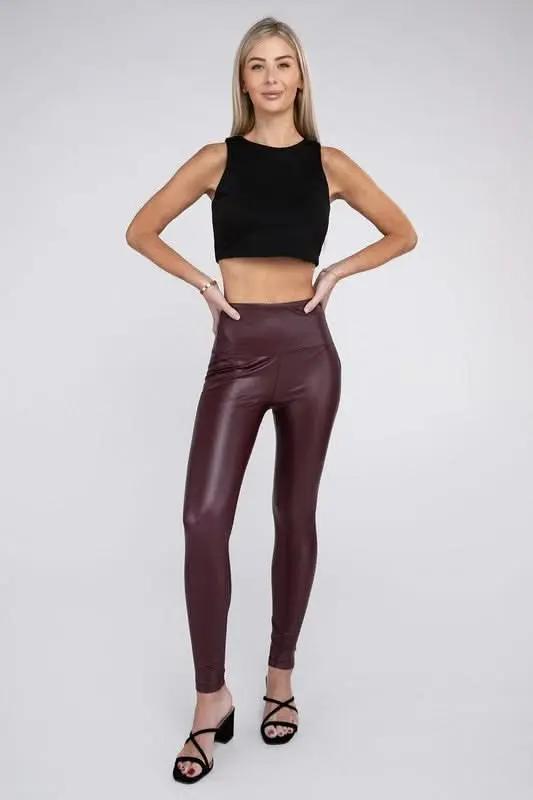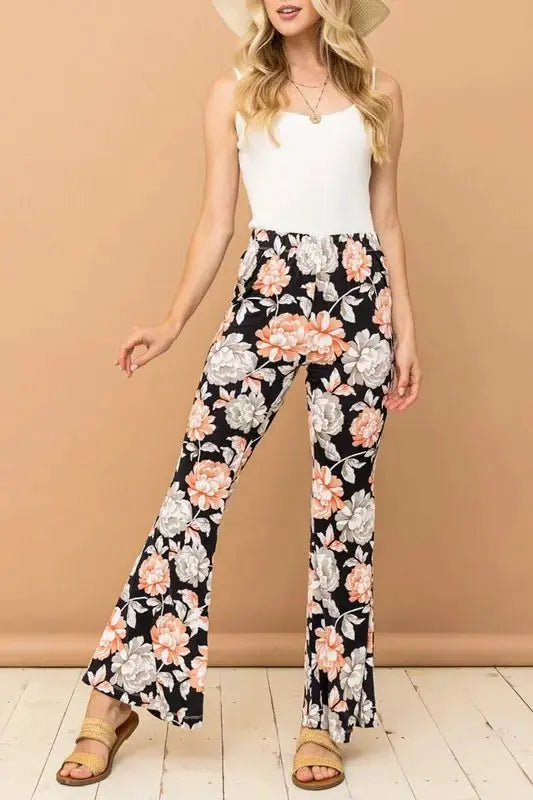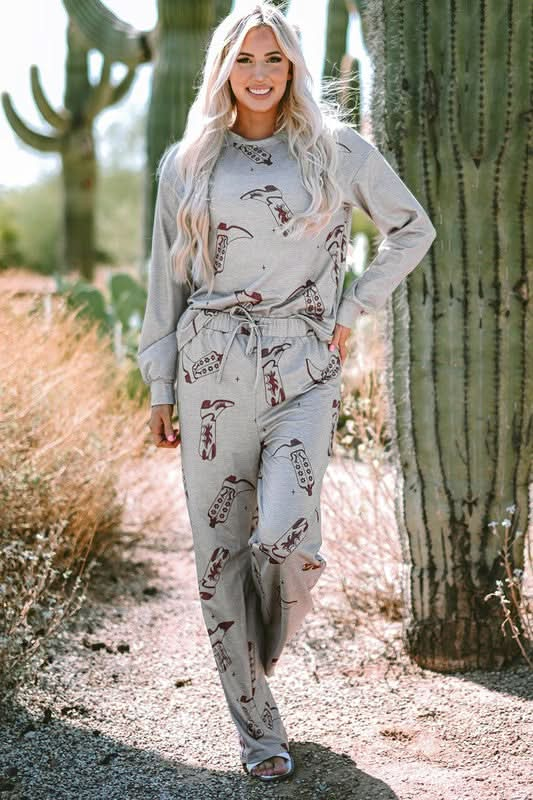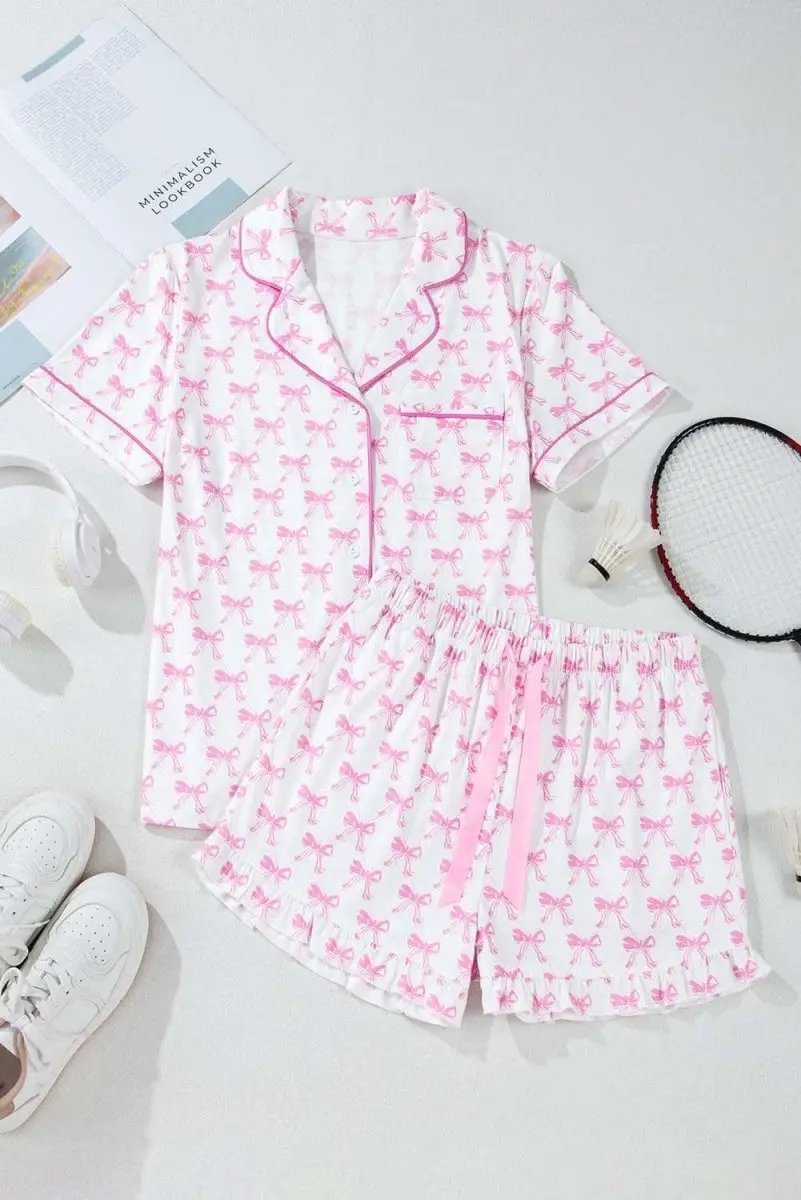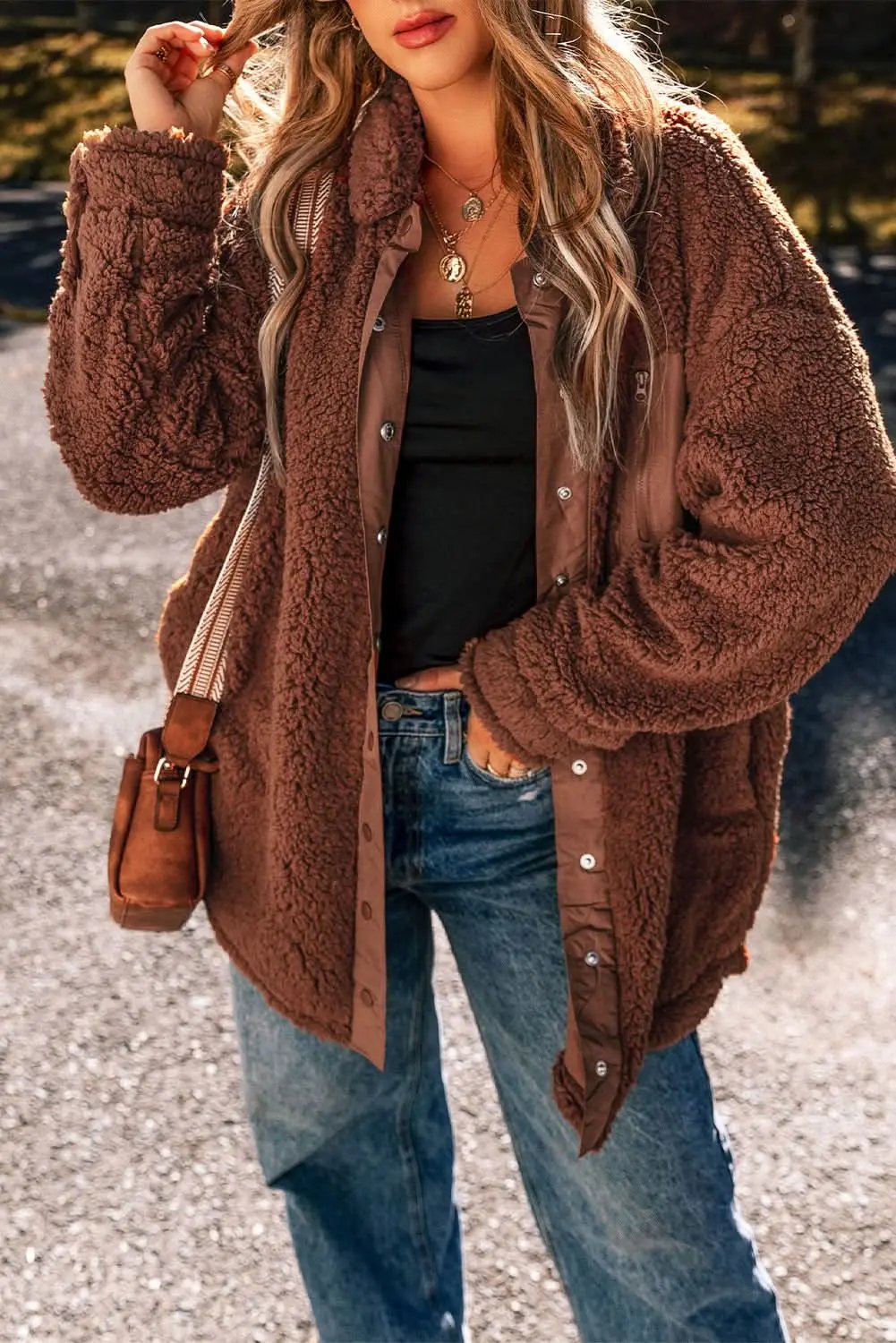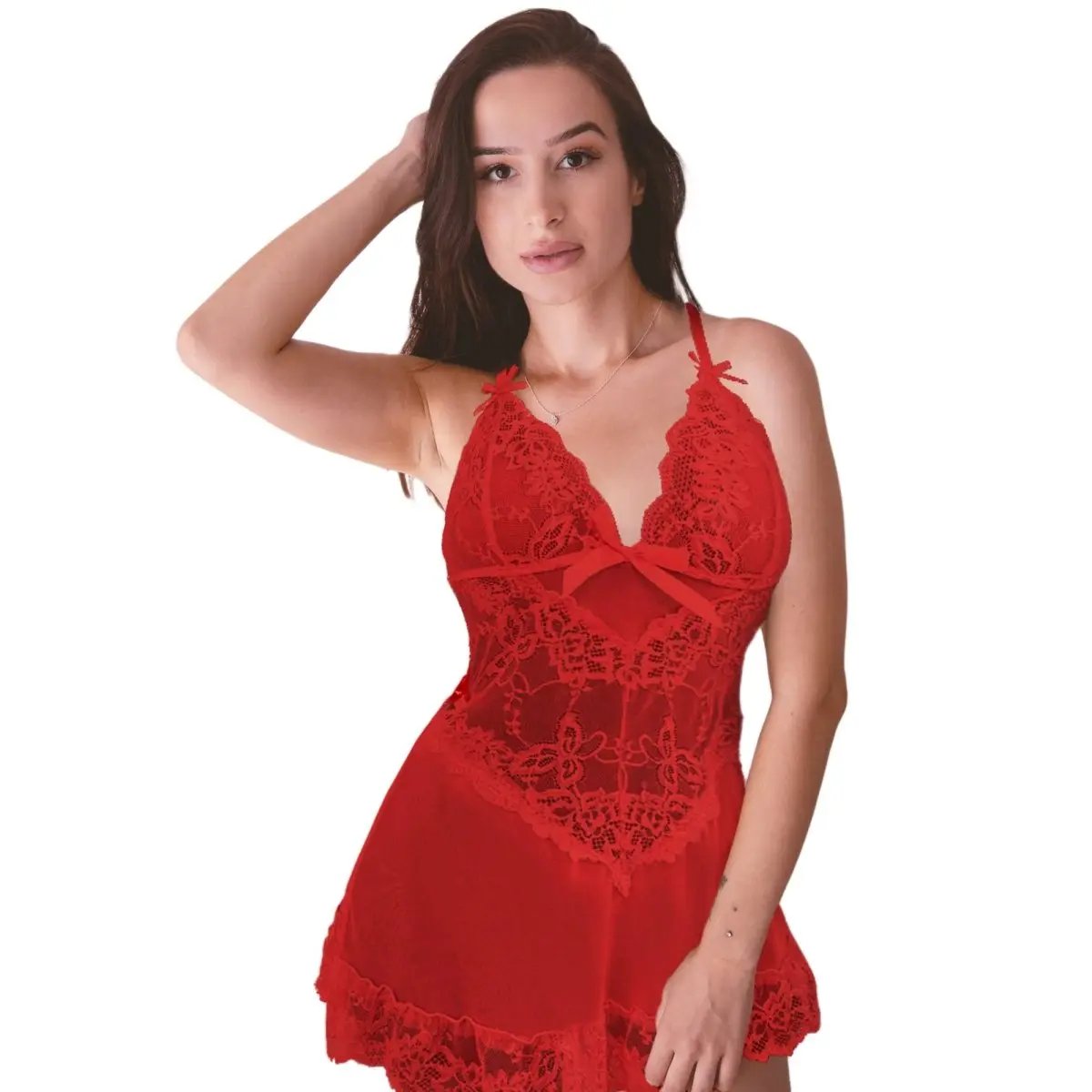Introduction
In the rapidly evolving landscape of fashion in 2025, one of the most impactful shifts is the integration of eco-conscious textiles with inclusivity, particularly within the plus-size segment. As awareness about environmental issues deepens and societal standards become more inclusive, brands are beginning to recognize the powerful synergy between sustainability and body positivity. This article delves into how eco-conscious textiles are shaping the future of plus-size fashion, fostering innovation, promoting diversity, and helping shape a more sustainable and equitable industry.
The Surge of Eco-Conscious Textiles in Modern Fashion
Eco-conscious textiles are materials produced with sustainable methods that prioritize environmental preservation. These fabrics are derived from renewable resources, manufactured with less water and energy, and often designed to be biodegradable or recyclable. Popular examples include organic cotton, Tencel (made from sustainably harvested eucalyptus trees), recycled polyester, Piñatex (made from pineapple leaves), and innovative bio-based fibers like Mycelium leather. As of 2025, a significant percentage of mainstream fashion brands have committed to incorporating these textiles into their collections, driven by consumer demand for transparency and eco-responsibility.
The Link Between Sustainability and Inclusivity in Plus-Size Fashion
Historically, plus-size fashion has faced challenges regarding limited options, lack of inclusive sizing, and stagnant design innovation. However, eco-conscious textiles are helping break down these barriers by enabling brands to develop larger, more diverse collections that are both ethical and stylish. The use of sustainable fabrics fosters inclusivity in several fundamental ways:
- Enhanced Comfort and Fit: Eco-friendly fabrics often boast superior softness, breathability, and stretchability, ensuring plus-size consumers receive garments that are comfortable and flattering.
- Lower Production Costs and Waste: Sustainable manufacturing processes often produce less waste, which allows brands to experiment with diverse sizing and designs without escalating costs.
- Design Freedom: Natural and innovative fibers open possibilities for unique textures and finishes, encouraging designers to push creative boundaries suitable for all body types.
- Challenging Normative Beauty Standards: By embracing diverse designs made from eco-friendly materials, brands promote a broader definition of beauty and body positivity, encouraging consumers to feel confident in their own skin regardless of size.
Driving Innovation Through Eco-Friendly Materials
The integration of pioneering textiles is catalyzing significant innovation in plus-size fashion, impacting design, manufacturing, and consumer experience:
- Adaptive and Functional Clothing: Eco-conscious fabrics are enabling the creation of adaptive clothing that caters to diverse needs, including plus-size activewear, maternity wear, and garments designed for mobility and comfort.
- Circular Fashion and Waste Reduction: Innovative biodegradable fibers and recycling technologies facilitate circular fashion models, where garments are designed to be reused, repurposed, or composted, reducing textile waste significantly.
- Coloration and Aesthetic Innovation: Use of natural dyes and cutting-edge fiber technology introduces vibrant, long-lasting colors without harmful chemicals, providing a fresh look for plus-size collections.
- Performance and Durability: Eco-friendly textiles often outperform conventional materials in durability and performance, making garments suited for everyday wear and long-term use, aligning with sustainability goals.
Notable Brands Leading the Eco-Inclusive Movement
Several brands have emerged as pioneers in integrating sustainability with inclusive sizing in 2025, serving as industry benchmarks:
- EcoPlus: Recognized for expansive size ranges and commitment to recycled materials such as recycled polyester and organic cotton, with an emphasis on transparency and ethical sourcing.
- Sustainable Curves: Focuses on biodegradable fabrics and innovative design techniques, ensuring all collections are made from renewable resources and tailored for diverse body types.
- GreenFashion: Combines advanced eco-textiles with inclusive sizing options, fostering a new standard for mainstream fashion that emphasizes responsibility and representation.
- InclusiWear: Specializes in adaptive, sustainable collections that prioritize functionality, comfort, and style for plus-size and differently-abled consumers.
The Challenges and Opportunities Ahead
Despite promising developments, integrating eco-conscious textiles with plus-size fashion faces challenges such as high production costs, supply chain complexities, and consumer education. However, these challenges also present opportunities for innovation:
- Research and Development: Continued investment in eco-friendly fiber technology can lead to more affordable and diverse materials suitable for plus-size apparel.
- Consumer Engagement: Educating consumers about the sustainability benefits of eco-textiles encourages responsible purchasing and supports brands championing these values.
- Policy and Industry Standards: Stronger regulations and certifications can ensure transparency, quality, and wider adoption of sustainable practices across the industry.
Conclusion
As of 2025, eco-conscious textiles are transforming plus-size fashion by fostering inclusivity and catalyzing innovation. The convergence of sustainability with body positivity creates a powerful paradigm—one that cherishes diversity, promotes environmental responsibility, and inspires creative excellence. The continued expansion of eco-friendly materials and inclusive designs promises a future where fashion is truly for everyone, contributing positively to the health of the planet and all its inhabitants. Embracing this movement not only enhances our style choices but also helps build a more sustainable and equitable world for generations to come.
